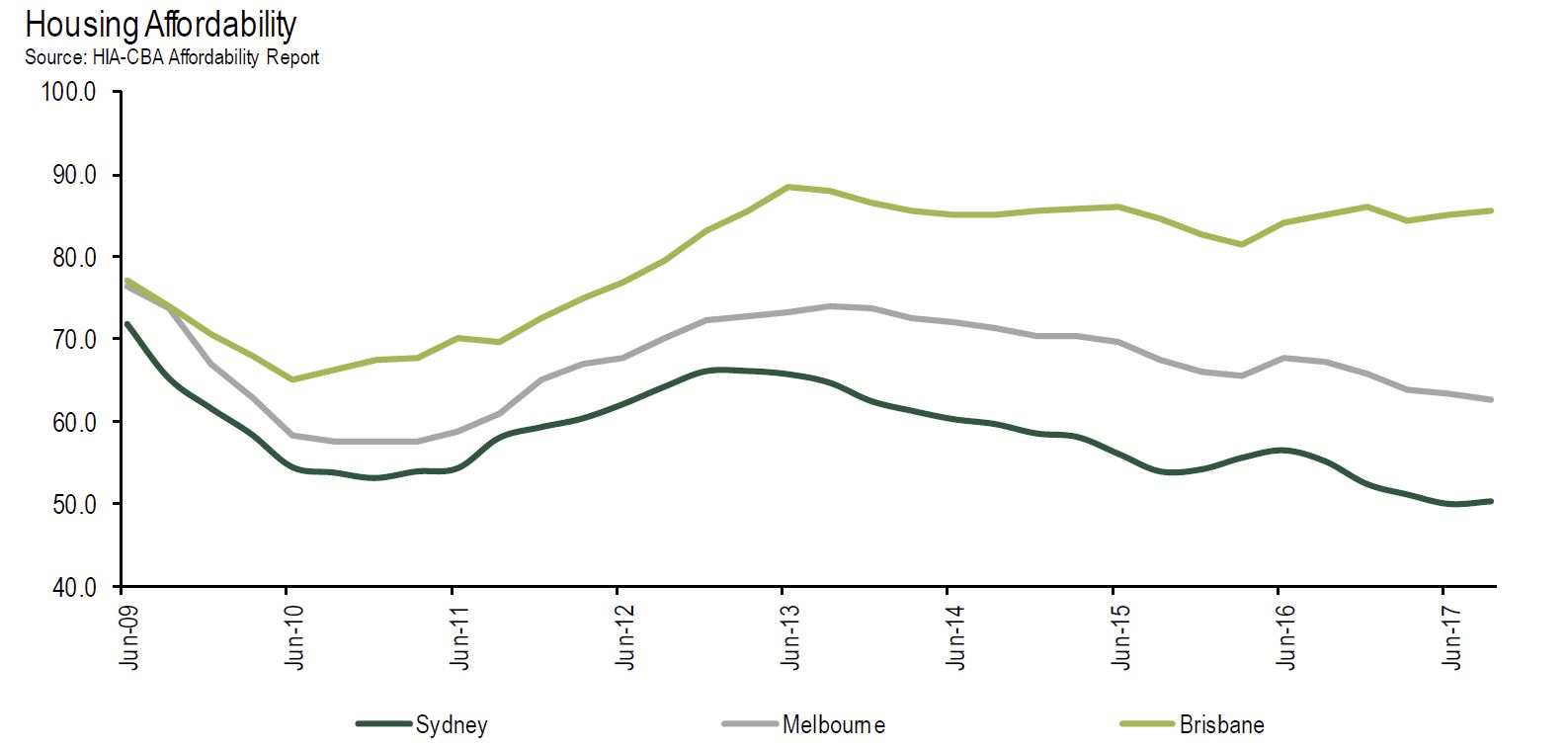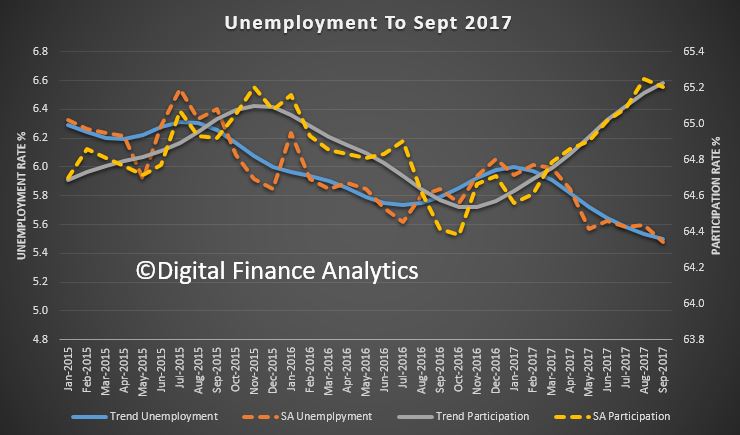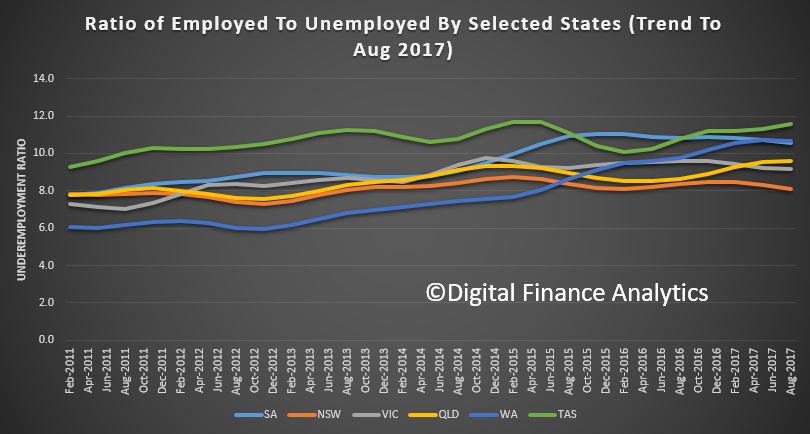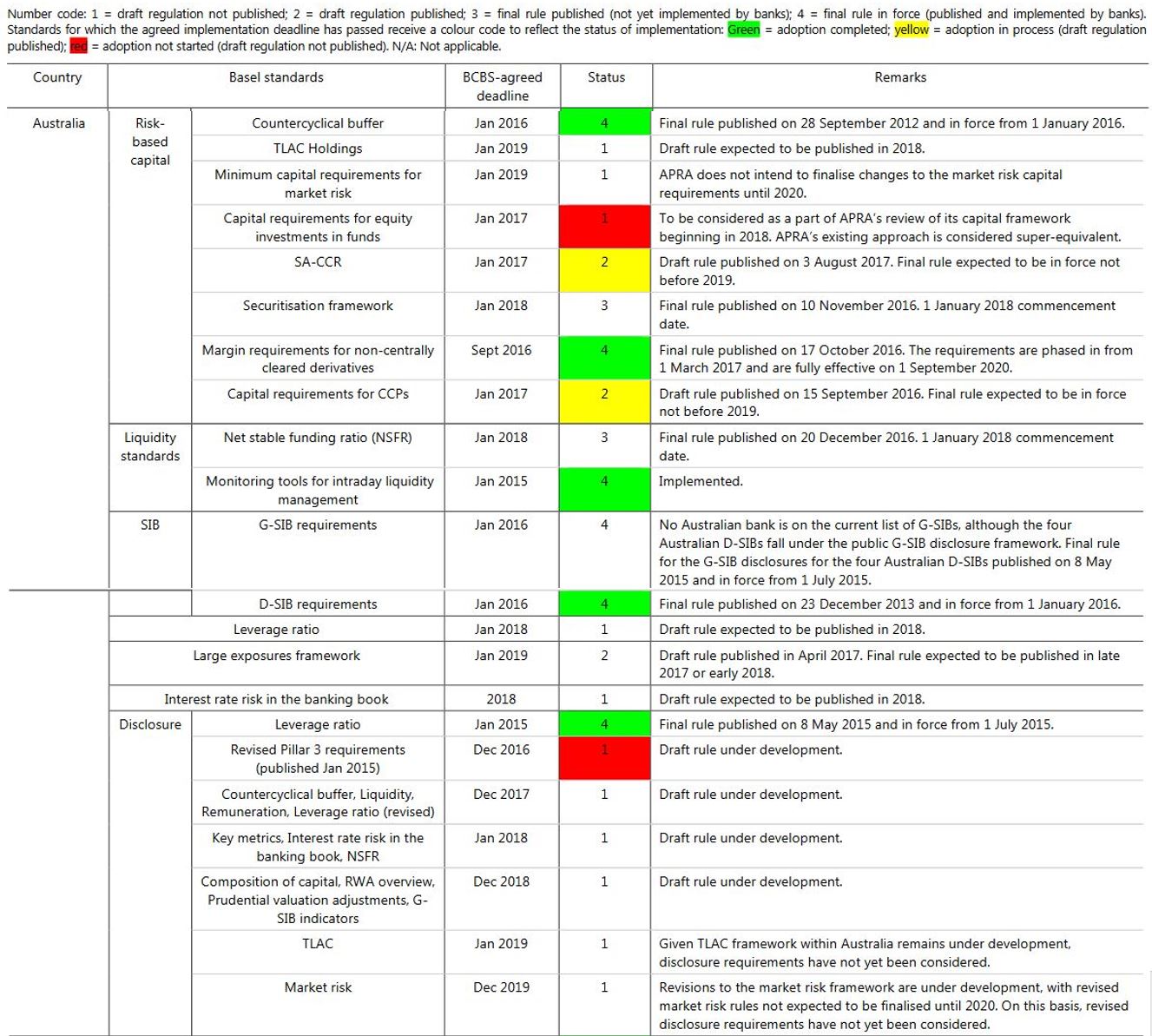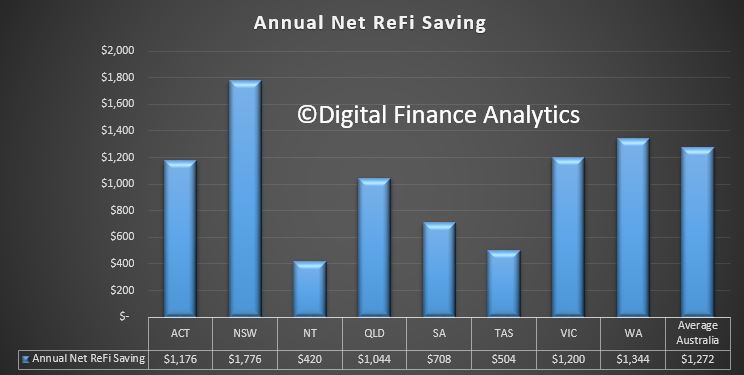Brokers may be having the appropriate conversation with borrowers on interest-only home loans, the financial services regulator has said, but there has been some “pretty poor record keeping”.
The financial services regulator announced last week that it would “shortly” begin reviewing the loan files of brokers with a “high proportion of interest-only loans” as part of its work “to ensure that consumers are not paying for more expensive products that are unsuitable”.
The review was triggered by the fact that interest-only (IO) loans are now often more expensive than principal & interest loans, and it is therefore becoming “ever important now for lenders and brokers to explain and justify why they are putting people into more expensive loans”.
Speaking to The Adviser, Michael Saadat, ASIC’s senior executive leader for deposit takers, insurers & credit services, elaborated that while the regulator believes that brokers are having the appropriate discussions with consumers about the reasons for taking out IO loans, the record keeping on loan files has not been of a high standard.
He revealed: “In the past, I’d say we have seen pretty poor record keeping on that front, where there has been very little on the loan file which tells you why the consumer got that product. In general, when we have looked at loan files in the past, we have seen [responses to the question]: ‘What were the consumers’ requirements and objectives?’ In many cases, we see things like: ‘To buy a house’. That is pretty implicit, but it really doesn’t tell you too many things about what type of product, what type of loan, what type of rate, etc.
“So, our view is that although these discussions are happening… brokers are having these discussions, but they’re not recording the outcomes of those discussions. And it’s hard to prove that you’re meeting your obligations if you don’t have something on a file that shows why you have recommended a particular loan.”
What ASIC wants to see on IO loan files
Mr Saadat added that the next stage of the review into interest-only loans will be “getting these individual files and looking to see how consumers’ requirements and objectives have been documented on those files”.
He said: “If [borrowers] have been provided with an interest-only loan and they are an owner-occupier, we will be looking for a summary or an explanation on the loan file that describes why the consumer was provided with an interest-only loan. So, that’s really the key thing.”
Adding that ASIC “won’t be that prescriptive in terms of our expectations”, Mr Saadat revealed that what the regulator wants to see is “information on the file which is sufficient to explain why the consumer’s decision (or suggestion from the lender or broker) to go into an interest-only for an owner-occupier loan was the right one”.
The lending industry has already begun responding to some of these concerns, with Commonwealth Bank launching a new IO simulator to help brokers show customers the differences between these type of repayments as well as principal & interest repayments.
Mr Saadat told The Adviser that these types of tools, which delve deeper into why consumers need an IO product, help “make the consumer aware of some of the risks involved with going down a particular path”; for example, “the fact that at the end of that period, you do need to make higher principal and interest payments and, over the life of the loan, you may end up paying more interest as a result”.
Mr Saadat concluded: “Investors may have other reasons for getting an interest-only loan — they may be tax reasons, for example, whereas those reasons don’t necessarily apply to owner-occupiers. And that doesn’t mean that owner-occupiers should never have been given an interest-only loan. Of course, there will be cases where that still is appropriate. We just want to make sure that it is appropriate and that you’re documenting the reasons for that.”
The regulator’s crackdown on IO loans has begun to bite, according to some industry data. New data from Mortgage Choice has revealed that there was a 60 per cent decline in interest-only mortgages over a period of just six months.
According to Mortgage Choice’s latest home loan approval data, the proportion of interest-only loans written by the brokerage dropped from 35.95 per cent in April 2017 to 14.64 per cent in September 2017.
CEO of Mortgage Choice John Flavell said that the “significant decline” was a result of lenders hiking rates for these loans.


